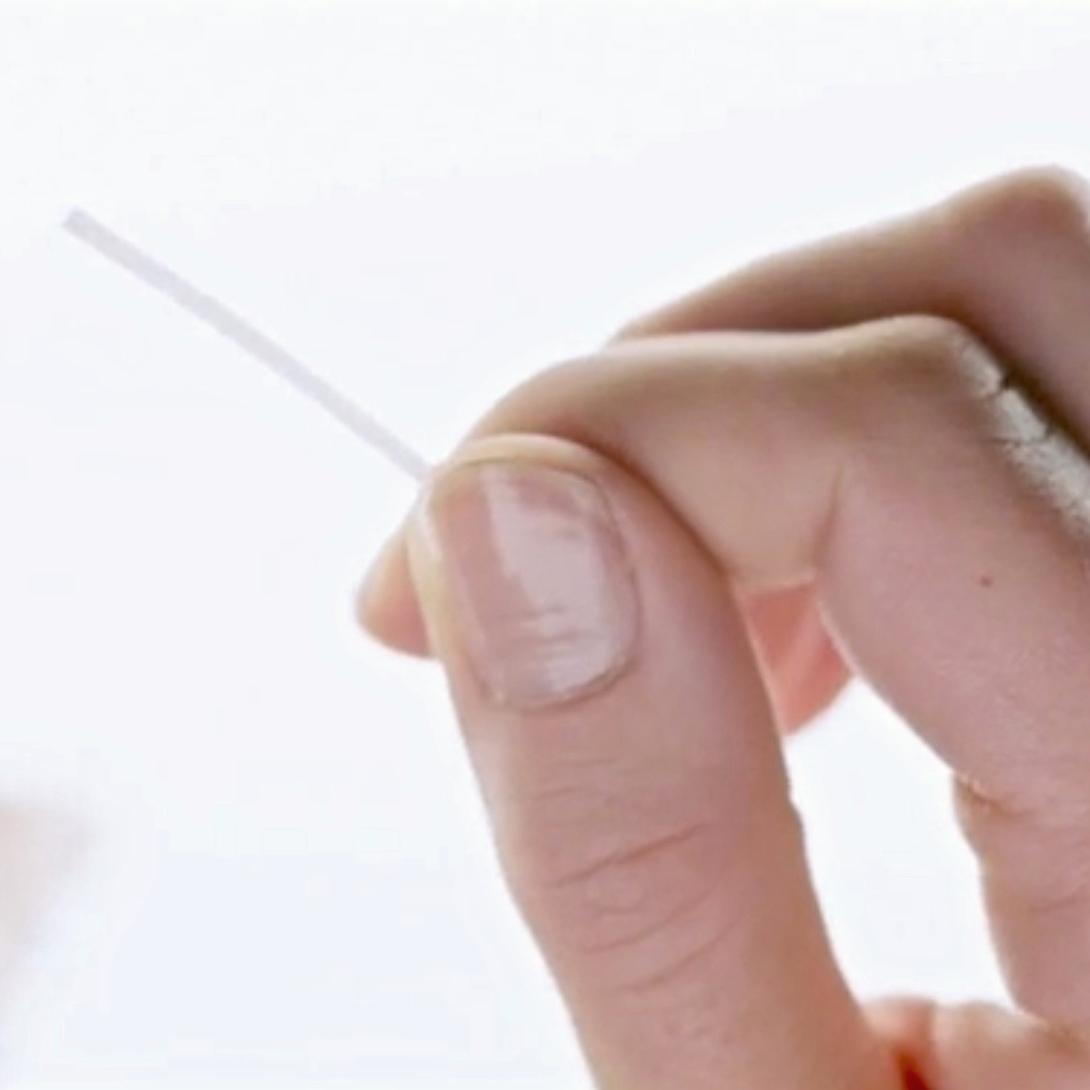What is the implant?
The implant (brand name Nexplanon®) is a small, flexible plastic rod about the size of a matchstick. It contains the progesterone-like hormone, etonogestrel, and is used to prevent pregnancy. The implant is a prescription form of contraception.
How does it work?
A health care provider places the implant under the skin of your upper arm, which takes only 1-2 minutes. Once inserted, the implant continuously releases a small amount of hormone into your body.
The hormone prevents pregnancy by:
- Preventing ovulation (the release of eggs from ovaries). If an egg is not released, it cannot be fertilized by sperm.
- Thickening the cervical mucus, which blocks the sperm from reaching an egg and fertilizing it.
- Thinning the lining of the uterus, which prevents a fertilized egg from attaching to the wall of the uterus.
Nexplanon® is approved by the FDA for 3 years of use. Clinical studies show the implant may be effective for up to 5 years. Talk to your clinician to discuss recommendations for use beyond 3 years. Your health care provider can insert a new implant when removing the old one.
If you change your mind at any time and decide you would like to stop using the implant, your health care provider can remove it for you. Removal takes about 3 minutes.
How effective is it?
The implant is the most effective method of birth control currently available. Fewer than 1 in 100 users will become pregnant each year. Even though this method is highly effective, it is also reversible. The ability to become pregnant after removal usually returns quickly.
What are the benefits?
- You do not have to remember to take it every day/week/month or every time you have sex.
- It works for up to 3 years.
- It does not require a pelvic exam.
- It's reversible and can be removed quickly and easily at any time if you change your mind.
- It's a good option for users who cannot use estrogen.
- It's safe to use while breastfeeding.
- You cannot see the implant, but you will be able to feel it. Only you and your health care provider will know it is there.
What are the downsides?
- 20% of users have irregular, unpredictable bleeding. Timing between periods can also vary.
- The implant does not provide protect from sexually transmitted infections (STI). Use external condoms or internal condoms if you are at risk for STI.
Where can I get it and what are costs?
The implant is available at UHS.
Please call UHS at 734-764-8320 to schedule in-person services, video visits for contraceptive counseling, for information on the e-consultation for IUD or implant, or for any other questions.
If you already know you want an implant, you can do e-consultation:
- Read about Nexplanon e-Consult Information (PDF)
- Call 734-764-8320 to schedule an appointment for insertion of the device
See also Cost, Insurance and Payment.
Personal experiences
I really like the implant, no more worries. I even forget I have it sometimes. I really recommend it to everyone. I used the patch and the pill before, but so far, I think the implant is the best.
Where can I get more information?
Talk to your health care provider. You can also get reliable information and see a video from Planned Parenthood.

